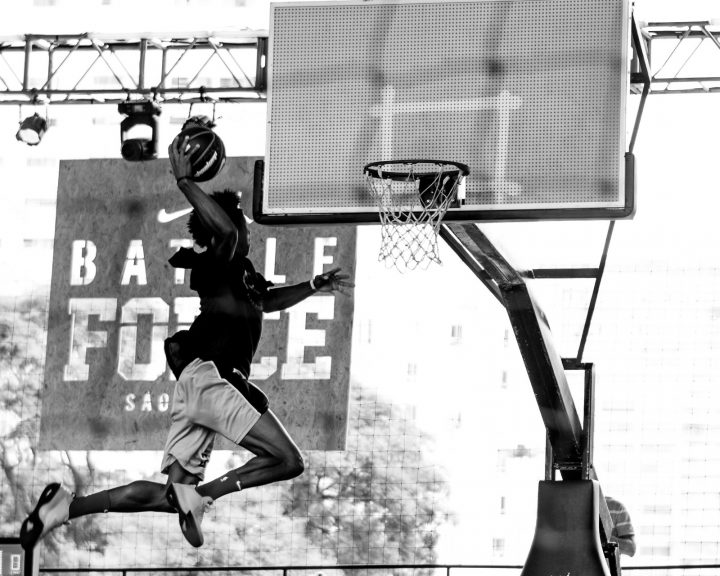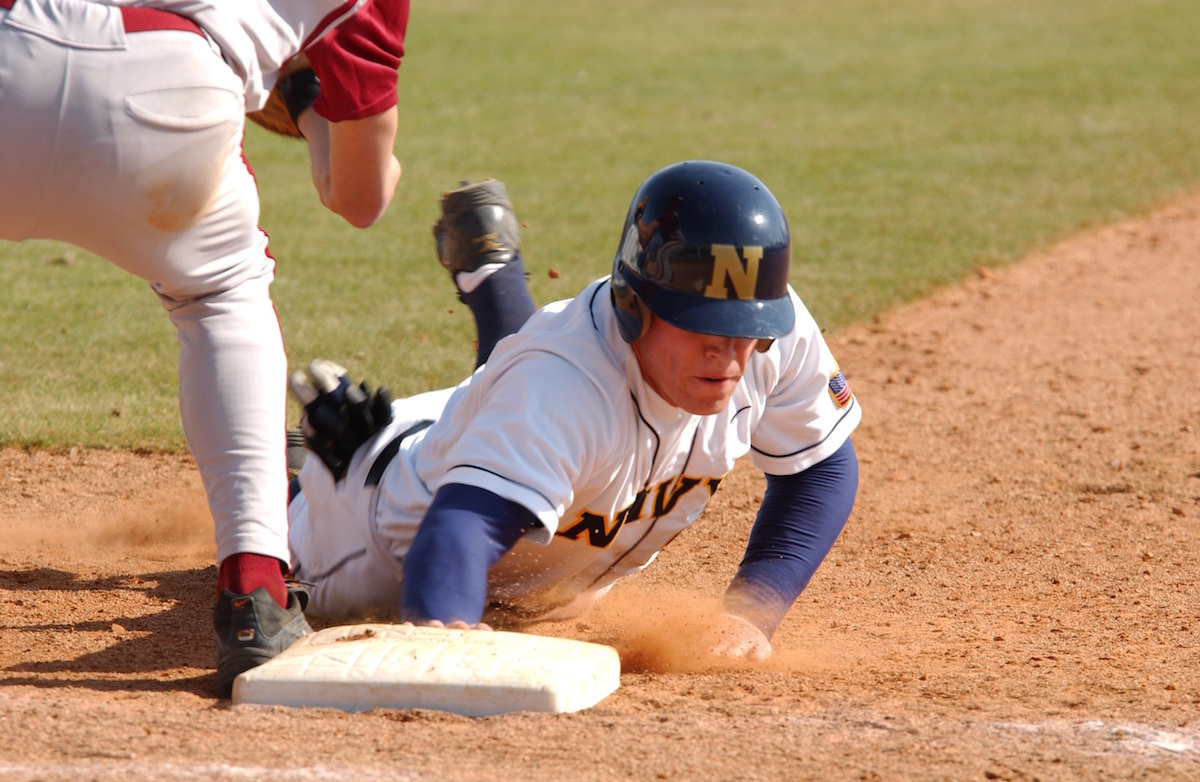Being able to field ground balls is an essential defensive skill for baseball players. Doing this well can result in outs, doing this badly means extra-base hits. This post is going to cover some fundamental techniques to help improve a baseball player’s ability to field ground balls. This techniques can be summed up by the following:
- Belt buckle
- Get down
- Trap
- Cross-over
- Charge
Belt buckle
It is important to attempt to stay in front of ground balls. This allows you more stability to trap the ball, gets you in a more favorable throwing position after you get the ball, and allows you to better react (and block the ball) should the ball do something unexpected like take a bounce. To do this, think about keeping your belt buckle lined up with the ball. This may require shuffling to the right or left.
Get down
When receiving the ball, it’s important to be in an athletic stance. This means that the knees are soft, hips are pushed back, and your weight is on the balls of your feet. As you do this, you want to get your glove down into the dirt. I cannot emphasize how many balls roll under an infielder’s glove when they fail to get their glove low enough.
Trap
Use both hands, not just the glove, when fielding a ground ball. This is important for two reasons. First, it helps to keep the ball in your glove. Second, it sets you up to be able to quickly throw the ball.
Cross-over
Sometimes the ball is coming too quickly or is too far away for you to be able to shuffle and get in front of the ball. When this is the case, you need to execute a cross-over step (see http://wp.me/p1XfMm-hD for a description) to run towards the ball. This is when you will see infielders stretch out to get the ball.
Charge
Standing in one place and waiting for the ball to reach you gives the runner more time to get on base. If it is an option, charging the ball and securing it more quickly will reduce the likelihood of the runner getting on base safely. To do this, line your belt buckle up with the ball and sprint towards it. As you field the ball, a right handed thrower should be fielding the ball with his left foot next to his glove. A left handed thrower would field the ball with his right foot next to his glove. Doing this allows them to use their momentum (rather than fight it), take one more step, then be in a good position to throw the ball to the appropriate base.


